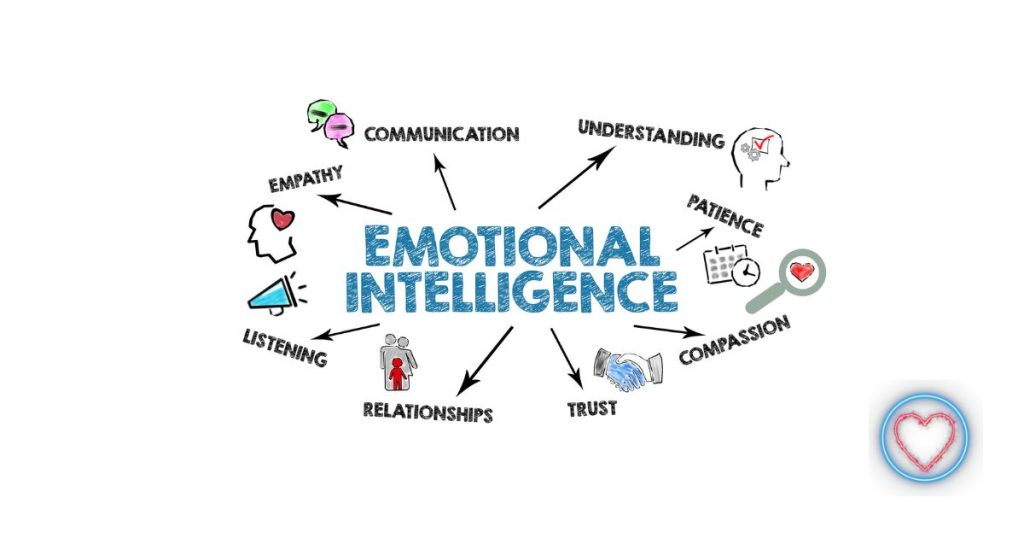Fear of failure is one of the most common obstacles standing between people and their goals. Whether it’s launching a business, pursuing a new career, starting a creative project, or simply stepping outside your comfort zone, the fear that you might fail can be paralyzing. This fear can prevent you from taking action, trying new things, or even dreaming big. But the truth is, failure is not the enemy—it’s a natural and essential part of success.
In this article, we’ll explore why fear of failure exists, how it impacts your journey, and practical, actionable steps you can take to overcome it and move confidently toward success.
Understanding Fear of Failure
Fear of failure is more than just a simple worry. It’s a complex emotional response that can include anxiety, self-doubt, and even physical symptoms like increased heart rate or nausea. This fear often stems from:
- Perfectionism: The unrealistic expectation that you must never make mistakes.
- Past experiences: Previous failures or harsh criticism can create lasting fear.
- Fear of judgment: Worrying about what others will think if you don’t succeed.
- Low self-esteem: Believing you aren’t capable or worthy of success.
This fear can show up as procrastination, avoidance, or self-sabotage, all of which block progress.
Why Overcoming Fear of Failure Matters
Failure is inevitable on the path to any meaningful achievement. Every successful person—from entrepreneurs to athletes—has experienced failure multiple times. Overcoming the fear of failure allows you to:
- Take calculated risks: Success often requires stepping into the unknown.
- Learn and grow: Failure teaches valuable lessons you can’t get otherwise.
- Build resilience: Facing fear strengthens your mental toughness.
- Unlock creativity: Fear can stifle innovation; overcoming it frees your imagination.
- Increase confidence: Every failure you face and learn from boosts your self-belief.
Step 1: Redefine Failure
The first step in overcoming fear is to change how you view failure. Instead of seeing it as something negative or shameful, start thinking of failure as feedback and opportunity.
How to redefine failure:
- Shift your mindset: Replace “I failed” with “I learned something important.”
- Focus on the process, not just the outcome: Value effort, growth, and experimentation.
- Celebrate small failures: Each small setback is a step toward mastery.
- Recognize that failure is universal: Everyone fails—even the most successful people.
By seeing failure as a natural part of learning, you remove much of its power to intimidate.
Step 2: Set Realistic Goals and Expectations
Fear often arises from unrealistic expectations that set you up for failure before you start. Setting clear, achievable goals helps reduce anxiety and builds confidence through steady progress.
Tips for goal-setting:
- Break big goals into smaller steps: Celebrate each milestone to maintain motivation.
- Focus on effort and habits: Instead of obsessing over results, reward consistent effort.
- Allow room for mistakes: Accept that setbacks are normal and not a sign of defeat.
- Use SMART goals: Specific, Measurable, Achievable, Relevant, and Time-bound goals provide clarity.
Clear goals help transform vague fears into manageable challenges.
Step 3: Prepare and Plan Thoroughly
Often, fear of failure is linked to uncertainty. The unknown can feel overwhelming, but preparation gives you control and confidence.
How to prepare effectively:
- Research your path: Gather information and insights to reduce surprises.
- Develop skills gradually: Build competence in smaller, manageable stages.
- Visualize success and obstacles: Mental rehearsal helps you anticipate and strategize solutions.
- Have contingency plans: Knowing you have a backup reduces anxiety.
Preparation creates a foundation of confidence that lessens fear.
Step 4: Practice Self-Compassion
Fear of failure often comes with harsh self-judgment. Learning to treat yourself with kindness can diminish fear and promote resilience.
Ways to cultivate self-compassion:
- Speak to yourself like a friend: Replace negative self-talk with supportive language.
- Accept imperfections: Recognize that being human means making mistakes.
- Practice mindfulness: Stay present and observe fears without judgment.
- Celebrate effort, not just success: Praise yourself for trying, regardless of outcome.
Self-compassion provides emotional safety to take risks.
Step 5: Take Action Despite Fear
Fear will rarely disappear entirely; the key is learning to move forward anyway. Action builds momentum and shifts your focus from what might go wrong to what you can control.
How to take action despite fear:
- Start with small steps: Taking tiny risks can build bravery gradually.
- Use the “5-second rule”: Count down from 5 and then take action before fear takes hold.
- Focus on what you can learn: Approach every attempt as an experiment.
- Create accountability: Share your goals with supportive people to stay motivated.
Each action reinforces your ability to face fear and succeed.
Step 6: Learn from Failure and Iterate
Failure is only truly failure if you don’t learn from it. Analyzing what went wrong and adjusting your approach transforms fear into growth.
How to learn from failure:
- Reflect objectively: What worked? What didn’t? What can you do differently?
- Ask for feedback: Outside perspectives often reveal blind spots.
- Document lessons learned: Keep a journal or log to track your progress.
- Adjust your plan: Use insights to improve strategies moving forward.
This cycle of action, reflection, and adaptation leads to continuous improvement.
Step 7: Surround Yourself with Supportive People
Fear of failure can feel isolating. Being around encouraging, growth-minded individuals can boost your confidence and reduce anxiety.
Building your support network:
- Seek mentors: Learn from those who have faced similar fears.
- Join communities: Find groups that share your goals or challenges.
- Limit toxic influences: Avoid people who discourage or judge harshly.
- Celebrate wins together: Sharing successes and setbacks builds connection.
Support nurtures courage and accountability.
Step 8: Visualize Success and Build Confidence Daily
Visualization is a powerful tool to overcome fear. When you imagine yourself succeeding, your brain begins to accept it as possible, which boosts confidence.
How to practice visualization:
- Create vivid mental images: Picture yourself confidently achieving your goals.
- Include sensory details: Engage all senses to make the scene realistic.
- Repeat regularly: Daily practice strengthens belief and motivation.
- Combine with affirmations: Use positive statements to reinforce your vision.
Consistent visualization programs your mind for success.
Step 9: Develop Resilience Through Challenges
Overcoming fear of failure is part of building resilience — the ability to bounce back from setbacks stronger than before.
Ways to build resilience:
- Embrace discomfort: See challenges as opportunities to grow.
- Maintain perspective: Remind yourself that setbacks are temporary.
- Practice gratitude: Focus on what’s going well to balance negative emotions.
- Stay flexible: Adapt your goals and strategies as needed.
Resilience helps you sustain confidence through ups and downs.
Conclusion: Fear of Failure Is a Stepping Stone, Not a Roadblock
Fear of failure can seem like a huge barrier, but it doesn’t have to stop you from achieving success. By changing your mindset, setting realistic goals, preparing well, practicing self-compassion, taking action, learning from mistakes, and building a support network, you can face fear head-on and turn it into fuel for growth.
Remember, every failure is simply a step forward in disguise — a lesson on your unique path to success. The more you practice these strategies, the more confidence you’ll build to take risks, overcome challenges, and reach your full potential.
Embrace failure not as an enemy but as a trusted teacher guiding you to your best self.










